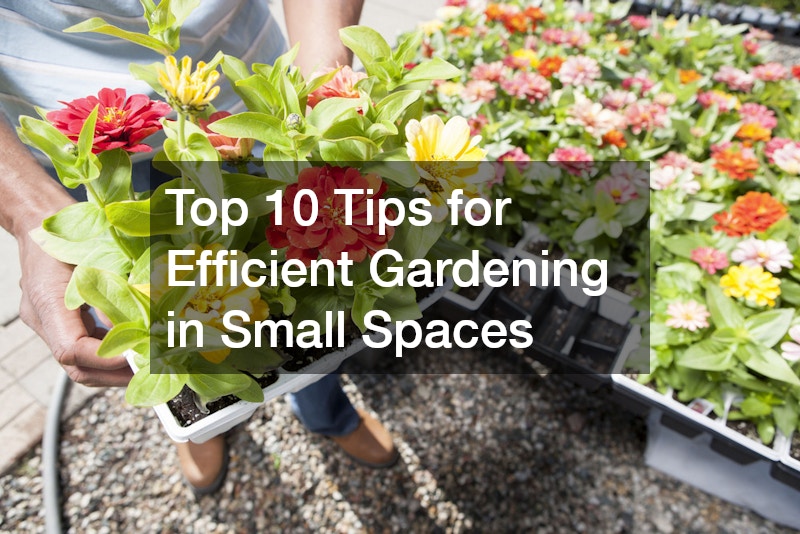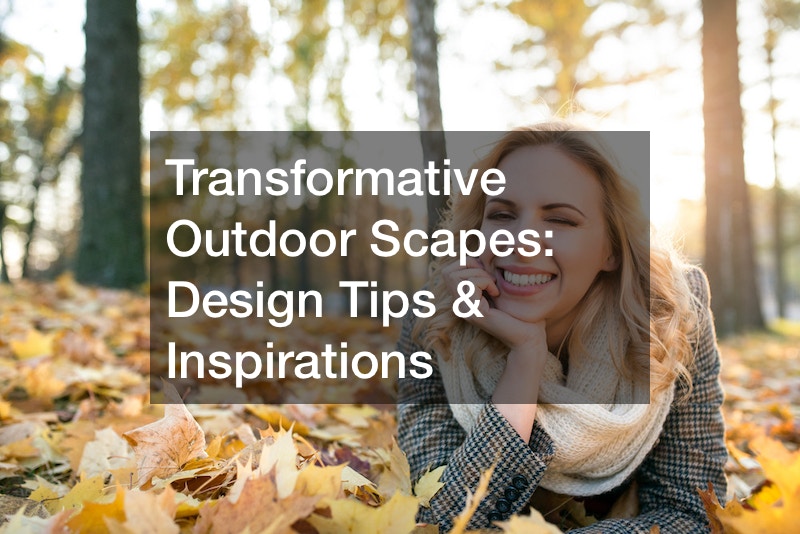Gardening in small spaces can be both challenging and rewarding. With the right strategies, you can transform even the tiniest area into a lush, productive garden. Whether you have a balcony, a patio, or a small backyard, these top 10 tips will help you practice efficient gardening and maximize your green thumb potential.
1. Opt for Vertical Gardening
Vertical gardening is a game-changer for small spaces.
Grow plants upward by using trellises, wall-mounted planters, and hanging pots. This will save space and add beauty to your garden. Climbing plants like beans, peas, and tomatoes thrive in vertical setups.
2. Choose Compact Plant Varieties
Selecting compact or dwarf plant varieties is crucial for efficient gardening in limited spaces. Look for mini versions of your favorite plants, such as cherry tomatoes, baby carrots, and bush beans. These plants require less space while still delivering a bountiful harvest.
3. Utilize Containers and Raised Beds
Containers and raised beds offer flexibility and control over your gardening environment. They can be placed on patios, balconies, and other small areas. Use a mix of container sizes to accommodate different plants and optimize the use of your available space.
4. Implement Square Foot Gardening
Square foot gardening is a method that divides your garden into small, manageable sections. Each square foot is planted with a specific number of plants, maximizing space and minimizing waste. This technique is perfect for small spaces and helps in maintaining an organized garden.
5. Practice Succession Planting
Succession planting involves planting crops in intervals to ensure a continuous harvest. As soon as one crop is harvested, another is planted in its place. This method keeps your garden productive throughout the growing season and makes efficient use of the space.
6. Use Companion Planting
Companion planting is the practice of growing plants that benefit each other close together. This can enhance growth, deter pests, and improve yields. For example, planting basil next to tomatoes can improve the flavor of tomatoes and repel harmful insects.
7. Maximize Light Exposure
Ensure your plants receive adequate sunlight by positioning them in the sunniest spots available. If natural light is limited, consider using grow lights to supplement. Proper light exposure is essential for healthy, vigorous plant growth in small spaces.
8. Optimize Soil Health
Good soil health is the foundation of efficient gardening. Use high-quality, well-draining soil, and enrich it with organic matter such as compost. Healthy soil supports robust plant growth, leading to better yields in a small area.
9. Implement Efficient Watering Techniques
Water conservation is vital in small-space gardening. Use methods like drip irrigation or self-watering containers to deliver water directly to the plant roots, reducing waste. Mulching helps retain soil moisture and reduces the frequency of watering.
10. Stay Organized and Plan Ahead
Efficient gardening requires careful planning and organization. Create a detailed garden plan that outlines where each plant will go and when it will be planted. Keep track of planting schedules, maintenance tasks, and harvest dates to ensure your garden runs smoothly.
By incorporating these tips, you can turn your small space into a flourishing garden. Efficient gardening in limited areas not only provides fresh produce and beautiful flowers but also offers a rewarding hobby that enhances your living environment. With creativity and careful planning, even the smallest space can become a thriving garden oasis.
.




